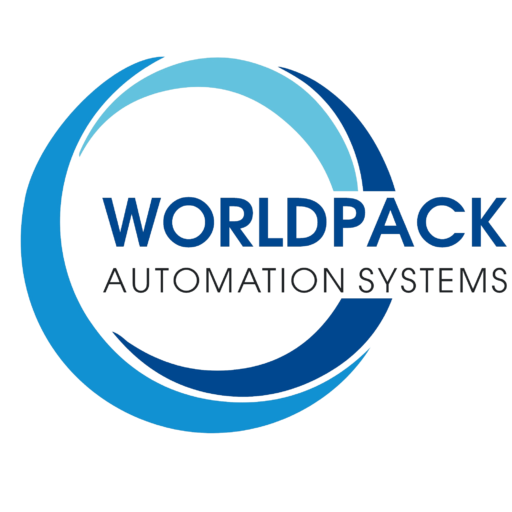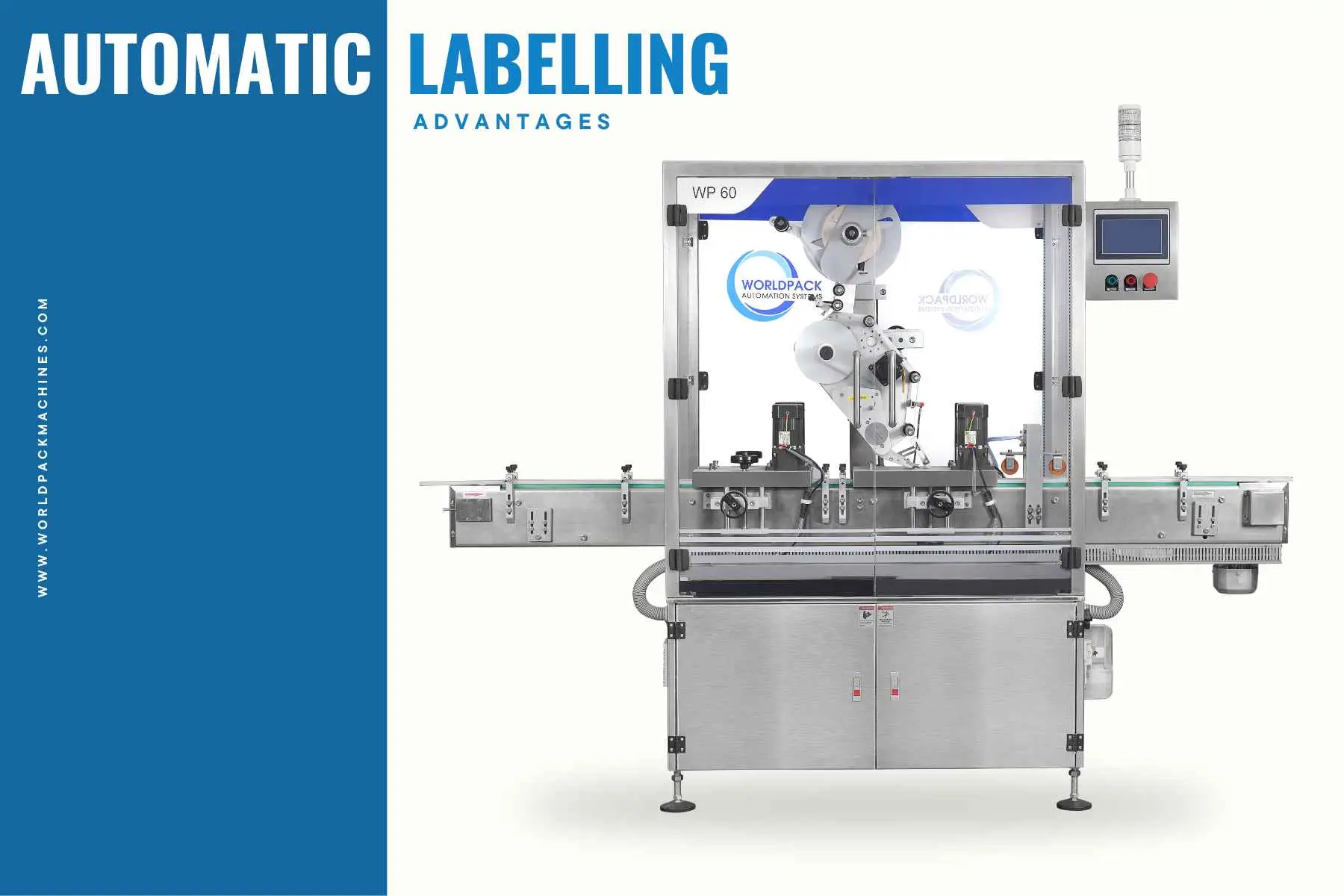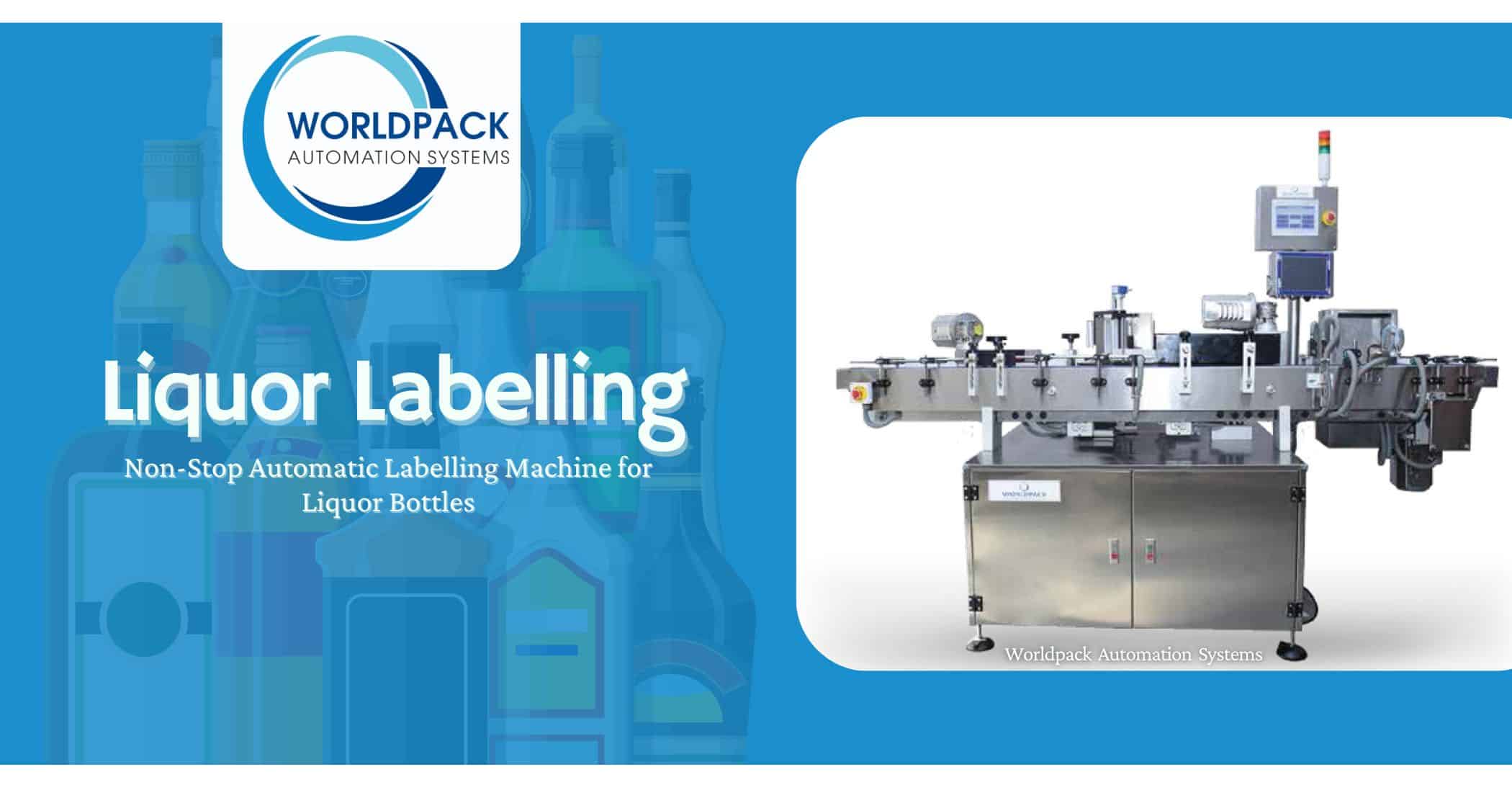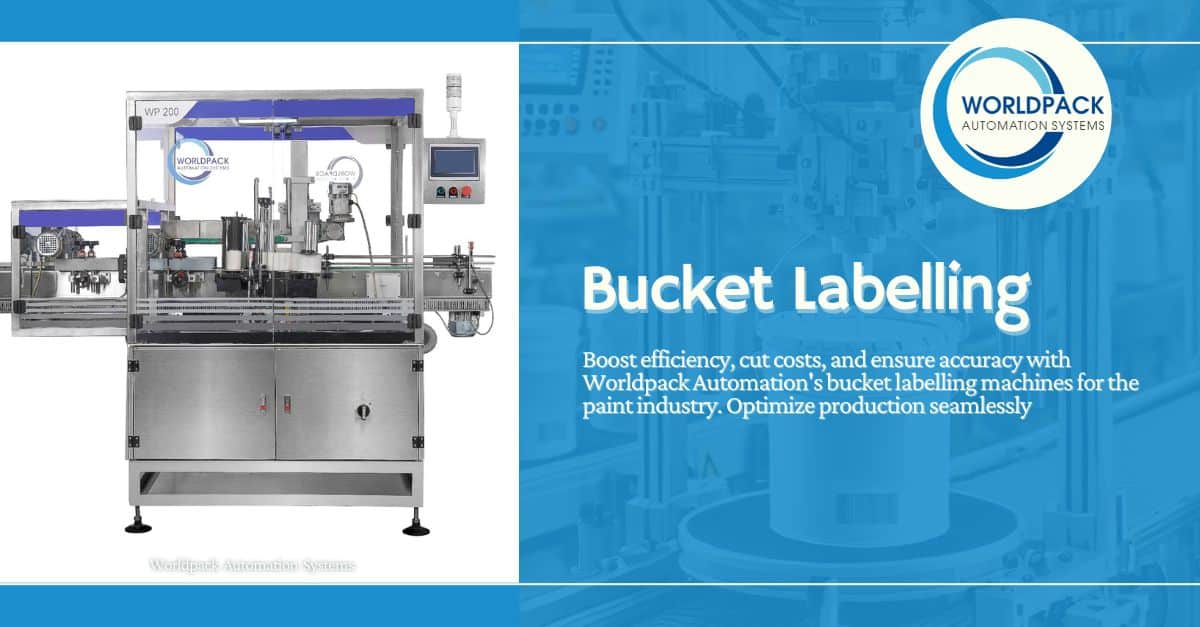One area where many businesses struggle is the labelling process. As a business grows, manual labelling can become a bottleneck, slowing down production and increasing the risk of errors. Fortunately, there is a solution: automatic labelling systems. These machines offer a wide range of benefits, from increased speed and accuracy to lower labor demands and improved safety. In this article, we will explore the advantages of automatic labelling systems and why businesses should consider making the switch.
1. Speed: Faster and More Efficient Labelling
One of the key advantages of automatic labelling systems is their speed. Compared to manual or semi-automatic systems, automatic labellers can label products several times faster. This increased speed not only improves efficiency but also allows businesses to scale up production without experiencing a labelling bottleneck. Whether you need to label hundreds or thousands of products per hour, an automatic labelling system can handle the task with ease.
Moreover, automatic labelling systems are designed to maintain a consistent production rate, eliminating the need for breaks or adjustments. This ensures a smooth workflow and prevents the labelling station from becoming a bottleneck in the production line. With manual labelling, adjustments must be made by hand, which can be time-consuming and limited in range. Switching to automation increases application speed, reduces waste, and enhances the overall appearance of your products.
2. Accuracy: Minimizing Human Error
Human error is a common problem in the labelling process. Misplacing labels, applying them with insufficient pressure, or getting the container orientation wrong are just a few examples of mistakes that can occur with manual labelling. As the number of labels on a product increases, so does the potential for errors. Additionally, if you need to include expiration dates, barcode labels, or other information, the chances of errors further multiply.
Automatic labelling systems offer a solution to these challenges by removing humans from the labelling process. These machines are designed to apply labels with precision and consistency, greatly reducing the risk of errors. They can track and adjust label applications, ensuring proper placement and alignment. With manual labelling, these adjustments must be made by hand, limiting the range of customization options. By switching to an automatic labelling system, businesses can achieve higher accuracy, reduce waste, and improve the overall quality of their products.
3. Lower Labor Demands: Increased Efficiency and Satisfaction
Another significant advantage of automatic labelling systems is their ability to lower labor demands. With manual or semi-automatic labelling machines, at least one employee is required to be present for the labelling process. However, with an automated system, labor is only needed to load label reels and occasionally check for errors.
This reduction in labor requirements allows businesses to allocate their staff to more valuable tasks, increasing overall productivity. It also has the added benefit of improving employee satisfaction. Manual labelling can be monotonous and repetitive work, leading to a high turnover rate. By automating the labelling process, businesses can provide their employees with more engaging and fulfilling roles, ultimately leading to higher job satisfaction and employee retention.
4. Safety: Mitigating Workplace Injuries
Repetitive motion injuries (RMIs) and musculoskeletal disorders (MSDs) are common in industries that rely heavily on manual labelling. The repetitive nature of the task, localized pressure on specific body parts, prolonged posture, and excessive force exertion can all contribute to workplace injuries. Moreover, in certain environments, such as food production facilities with cold temperatures, manual labelling can pose additional safety risks.
Automatic labelling systems can significantly improve workplace safety by eliminating the need for manual labelling. By reducing the repetitive tasks that contribute to RMIs and MSDs, these machines create a safer working environment for employees. This is particularly important in the context of the COVID-19 pandemic, as businesses have had to rethink their workforce distribution. By adopting automatic labelling systems, businesses can minimize the number of people on the factory floor, reducing the risk of infection and ensuring the health and safety of their employees.
5. Flexibility: Accommodating Different Label Sizes and Configurations
Manual labelling systems are often limited in their ability to handle a wide range of label sizes and configurations. Automatic labelling systems, on the other hand, offer greater flexibility. These machines can be set up to accommodate various label sizes, allowing businesses to use a single machine for different product configurations.
Automatic labelling systems typically feature a color screen HMI (human-machine interface), which enables operators to make adjustments, monitor, control, and load different label formats. This level of flexibility is crucial, especially when dealing with challenging labelling tasks. Custom labelling solutions can be developed to tackle even the most difficult containers, such as bulk pails or bottles requiring multiple labels. The ability to handle different label sizes and configurations provides businesses with options and accuracy that cannot be achieved with manual labelling systems.
6. Focused Design: Custom Solutions for Unique Labelling Challenges
While manual and semi-automatic labelling stations are designed to handle common labelling tasks, they may not be suitable for more complex labelling requirements. Automatic labelling systems offer a range of custom solutions designed to tackle the most challenging labelling problems.
For example, if you need to label bulk pails, there are automatic labelling machines specifically designed to handle these heavy containers while preventing skewing during the label application. Similarly, if you require multiple labels on a single bottle, there are vertical trunnion roller labelers and bottle applicators available that can be configured for front, back, seal, and neck labels. These specialized machines provide businesses with the flexibility and accuracy needed to meet unique labelling challenges.
7. Better Control: Enhanced Label Placement and Quality
Automatic labelling systems offer operators greater control over label placement and quality compared to manual labelling. With advanced color screen HMIs, operators can make precise adjustments as needed, ensuring labels are applied with precision and accuracy. This level of control allows businesses to achieve consistent label placement, enhancing the overall appearance of their products.
Additionally, automatic labelling systems store calibration information, enabling operators to set up the machine for a specific label once and easily recall those settings when switching back to that product. This streamlined process saves time and reduces the risk of errors associated with manual adjustments. Operators can quickly switch between different label settings as needed, thanks to the internal storage capabilities of the automatic labelling system. This level of control and convenience contributes to improved label placement and overall product quality.
8. Better Construction and Support: Minimal Downtime and Efficient Maintenance
Automatic labelling machines are built to withstand industrial conditions, featuring high-quality components that ensure trouble-free operation even in extreme environments. These machines are designed to last longer than commercial labelling equipment, resulting in minimal downtime and increased productivity.
9. Is It Time to Switch to Automatic Labelling?
If your business is experiencing challenges with the labelling process, such as slow production, high error rates, or safety concerns, it may be time to consider switching to an automatic labelling system. The advantages of automatic labelling systems, including increased speed, higher accuracy, lower labor demands, improved safety, flexibility, focused design, better control, and better construction and support, make them a valuable investment for businesses of all sizes.
To explore the benefits of automatic labelling systems further and find a solution that fits your production needs, reach out to Worldpack Automation Systems. Our team can guide you through the process of selecting and implementing an automatic labelling system tailored to your specific requirements.




